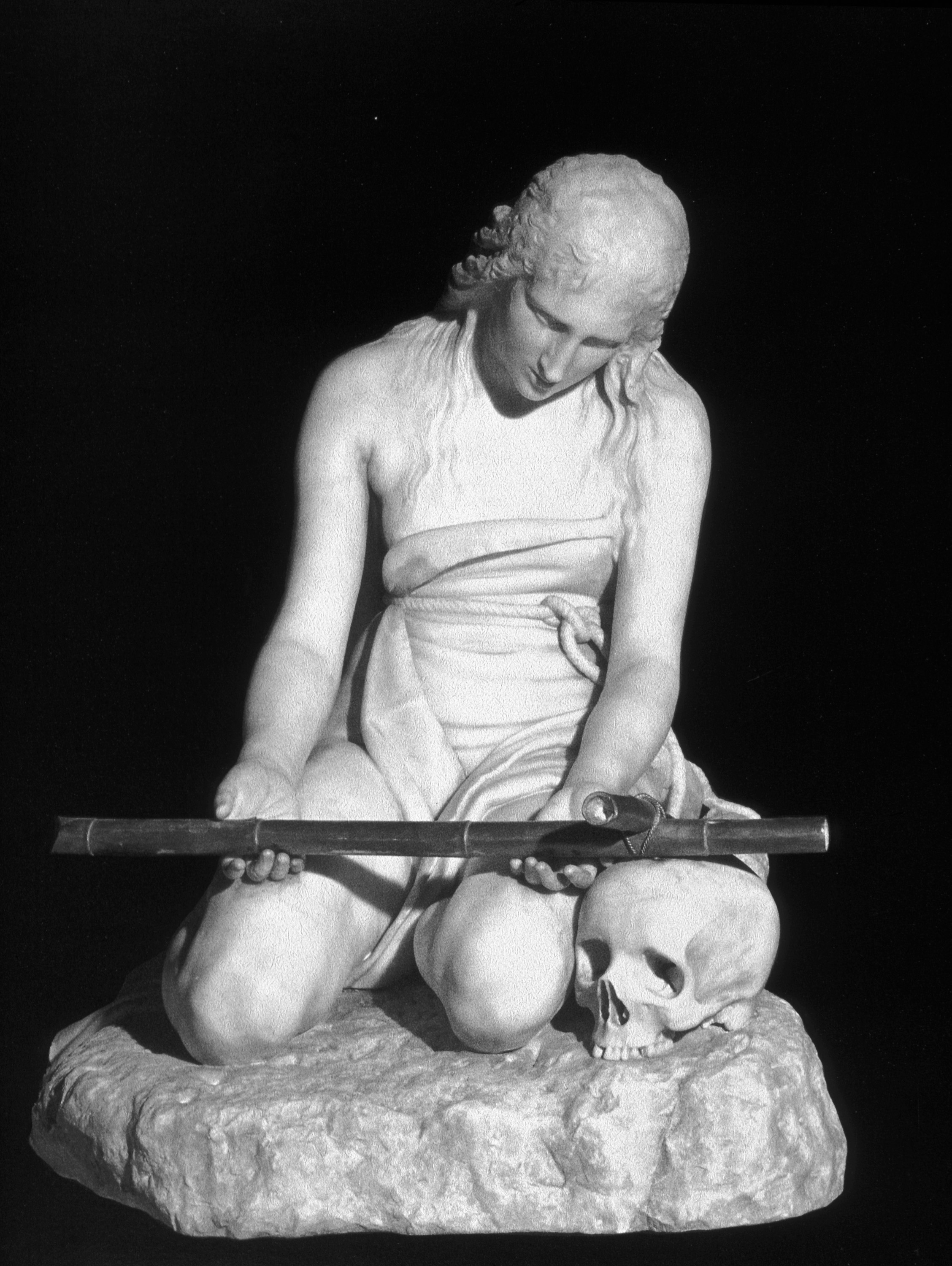Home » HART » Essay Illuminates Intriguing Problem in 18th-Century Studies Today
Essay Illuminates Intriguing Problem in 18th-Century Studies Today
Posted by vrcvanderbilt on Tuesday, April 16, 2013 in HART, VRC.
 An essay by Christopher Johns, entitled “Erotic Spirituality and the Catholic Revival in Napoleonic Paris: The Curious History of Antonio Canova’s Penitent Magdalen,” was recently published in the Studies in Eighteenth-Century Culture (volume 42), edited by Lisa Cody, Claremont McKenna College, Claremont, CA, and published by The Johns Hopkins University Press, Baltimore and London, 2013. Long fascinated by the relationship between art and politics, particularly in the context of art patronage, Johns is the Norman L. and Roselea J. Goldberg Professor of the History of Art.
An essay by Christopher Johns, entitled “Erotic Spirituality and the Catholic Revival in Napoleonic Paris: The Curious History of Antonio Canova’s Penitent Magdalen,” was recently published in the Studies in Eighteenth-Century Culture (volume 42), edited by Lisa Cody, Claremont McKenna College, Claremont, CA, and published by The Johns Hopkins University Press, Baltimore and London, 2013. Long fascinated by the relationship between art and politics, particularly in the context of art patronage, Johns is the Norman L. and Roselea J. Goldberg Professor of the History of Art.
The role of Catholicism arises in Johns’s examination of Antonio Canova’s immensely popular sculpture of the Penitent Magdalen (1796), which arrived in Napoleonic Paris in 1805. In the aftermath of the Revolution and successive political regimes, which had been dominated by secular, militaristic, and nationalist aesthetics, the sculpture was embraced by the public for its portrayal of intensely personal religiosity.
“Johns examines its popularity by analyzing the sculpture’s influence on French Romanticism, as well as its relationship to works by such Christian revivalists as Chateaubriand in his Atala (1801),” wrote Cody in the Editor’s Note. “By tracing the Penitent Magdalen‘s provenance, Johns also illuminates how the controversial and disdained Giovanni Battista Sommariva, an Italian count who acquired the statue by 1804, used the work as cultural capital once he moved to Paris and established himself as a tastemaker, patron, and political figure.”

©2026 Vanderbilt University ·
Site Development: University Web Communications